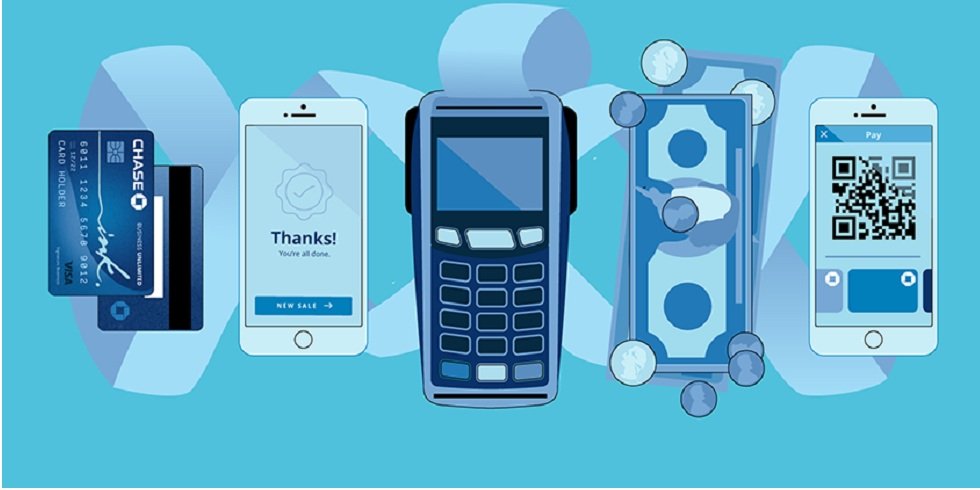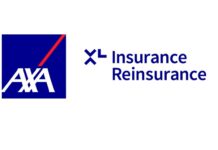Samir Idnani heard this question a lot when he first opened NaanStop, an Indian food truck that he started with his brother in Los Angeles in 2011. At the time it was common for food trucks to only accept cash, but the Idnanis didn’t want to turn down any customers. They decided to get a magstripe reader, which allowed them to take credit card payments just about anywhere they were parked. Not only was it convenient, it boosted their sales by 15 percent.
Now the Idnanis, who have since opened several brick-and-mortar NaanStop locations in Atlanta, have upped their tech game by accepting payments via mobile wallets. “It’s important to make sure we’re still relevant with the younger generation,” says Idnani. “We want guests to be able to pay on their own terms.”
While handling small business payments was once simply a matter of purchasing a credit card reader, nowadays selecting a solution can be a tricky decision. Some options are expensive, or overly complex. Yet investing in this technology is key to growth. “Getting the payments experience right can make a business stronger, more connected to its customers, and more efficient and productive,” says Angela Martin, president of small business for Merchant Services at Chase, “And when small business owners integrate payments into the software they use to run their business, it gives them great data they can leverage to grow and be more efficient.”
Here’s how to make sure you’re taking advantage of the latest technology that supports the type of business that you own.
You sell goods from a physical location
Got a store? Whether you’re selling clothes, cocktails or comic books, point-of-sale (POS) software is critical to the survival of your business. The newest POS systems not only capture sales, process payments, and print receipts, but also accept all forms of payments such as cash, credit cards (including chip cards), mobile payments, and have the capability to scan bar and QR codes. And you may not even have to invest in hardware: if you only have a few sales per day, a mobile solution for your phone, tablet or laptop might be your best option.
Once your business reaches a certain volume, however, you’ll need to invest in a physical, or terminal, POS system. That will allow for swift checkouts, therefore cutting down on in-store lines. These systems are more expensive, but offer much more to help manage your business, from inventory management, sales reporting, customer data collection, to staffing and payroll.
You move from place to place
If you’re a business owner who routinely travels from client to client to conduct business—say, an event planner or contractor—a credit card reader that plugs into your smartphone offers maximum convenience. These devices are small, portable, and allow you to take secure payments wherever you are; they’re also inexpensive and require no long-term commitment. The downside: each transaction comes with fees, generally 1.5 percent to 3.5 percent.
You work for yourself
If you’re a freelancer, consultant, or otherwise provide a service, you need a system or bank product that makes it easy for clients to send you electronic payments with a few clicks. Just make sure that the system offers encrypted transactions, to safeguard from fraudulent activity.
Entrepreneurs who need a full accounting solution may find it worth investing in software which also tracks billable hours, submits invoices, and collects credit card payments on their behalf.
No matter which payment solution you choose, keep security top of mind: all your card readers, networks, online shopping carts, and physical records should comply with the Payment Card Industry Data Security Standard (PCI DSS), which dictates practices to protect credit card transactions against fraud and data breaches.






















